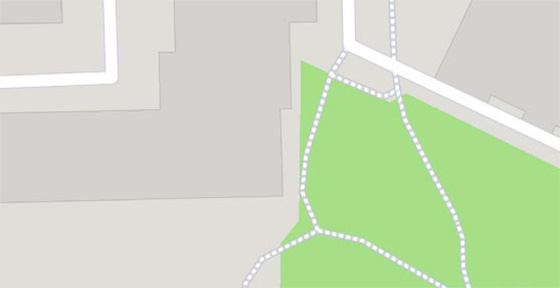Groot Vleeshuis is a former meat hall, which dates back to the Middle Ages. The first historical mention of meat trade in this place dates back to 1251. At that time, the market hall was wooden. In the 15th century it was replaced by a brick building. The edifice preserved to this day dates back to the 16th century. It currently houses the center for the promotion of regional Flemish products. You can do shopping on site, but also take advantage of the extensive restaurant offer.
Groot Vleeshuis operated until the end of the 19th century, when it was abandoned after the construction of a new meat hall at Sint-Veerleplein. The decision to renovate was made in connection with the world exhibition in 1913. The project provided for the restoration of the hall in the form before 1744. By the way, a vegetable market, parking and post office were created. In 1943, the hall was given the status of a monument.
In the Middle Ages, the sale of meat outside places designated for this purpose was strictly forbidden. Each city had at least one meat market. There were two markets in Ghent - Groot Vleeshuis and Klein Vleeshuis ("small meat house") near Brabantpoort.
Attractions inside




